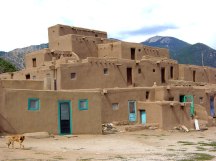Never ignore a gut feeling, but never believe that it’s enough.
– Robert Heller
Every single time you feel that I should not get into this bus or I feel something not right, it is our second brain communicating to us. what !! you heard it right , we have a second brain. When someone lost their way, we have heard people saying that their gut feeling told them to turn right at a particular decision point. we call them Instincts or a hunch or gut feeling
I always had a thought that these instincts are people’s reason to support their decisions but I recently learnt that people decisions are influenced by these so called “Instincts”. These instincts are not just psychological there is a science behind this and it is our second brain at work.
Like computers working in parallel, we have neurons spread like spider web in our brain, and these neural nets are present around heart and intestine as well. It is this intestine which is otherwise called “second brain” by psychologist and neural experts.
These neural nets in our intestine does not have analytical ability but they are “store and learn” information processors. They transmit signals upwards in the body itself to spinal cord , endocrine system ( affects your hormonal environment ) and to cortex area where we become self aware of these feeling. These feelings are sometimes important , consider them as our internal decision maker utilities. They lack analytical judgement about particular situation and since these are store and learn, they present judgements with our past experiences.
Its quite surprising and intriguing that our intestines not only work as food processors and absorbing nutrients, it functions as a secondary information processor which makes us feel about environment. They are not always right as they dont doubt the information like our brain does, but are certainly information providers in form of feelings which we can then analyze and make our decisions.
“I believe in intuitions and inspirations…I sometimes FEEL that I am right. I do not KNOW that I am.”
― Albert Einstein
So next time if you feel something inside which you can’t explain, don’t simply ignore but rather give it a second thought …..



